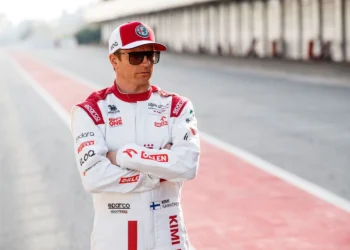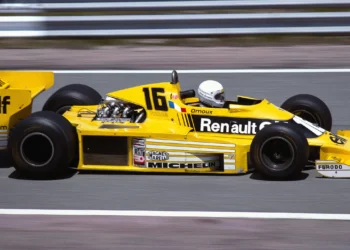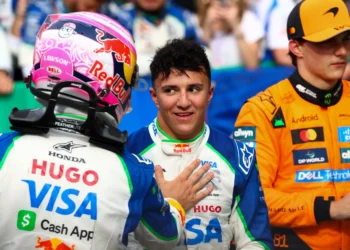Ryan Blaney says he’s feeling fine after a rough week of racing, following a driver’s side hit during practice at Las Vegas due to a tire puncture and a multi-car collision the next day. Blaney, who experienced lingering head pain from these impacts, is now pushing for further safety enhancements to NASCAR’s Next Gen car, particularly to mitigate the severity of side impacts.
During the Las Vegas race, Blaney’s car was struck by Brad Keselowski on lap 89, breaking the toe link and leaving Blaney “flopping around” in the cockpit as he maneuvered back to pit road. Speaking at Homestead-Miami, Blaney shared that he’s had more severe crashes than he’d like over the past two years. “A couple of hard hits. I’ve had more hard hits than I’d like,” he admitted, noting his team’s efforts to maximize safety but emphasizing the need for improvements to the car.
Blaney has been no stranger to high-impact crashes recently. In 2023, he suffered a frontal collision with an unprotected wall at Nashville Superspeedway, which led to concussion-like symptoms. Then, in August at Daytona, he endured a brutal 70G impact after a right-rear hook sent him into the wall. Blaney works closely with Dr. Michael Collins of the University of Pittsburgh Medical Center’s Sports Medicine Concussion Program, ensuring his recovery is closely monitored.
Following these incidents, Blaney has been vocal about the importance of safety upgrades in NASCAR’s Next Gen car. He believes that while NASCAR has made strides in front and rear impact protection, side impacts need urgent attention. “That was kind of my first big hit with a side impact,” he explained. “We’ve worked the front, rear, and done a pretty good job, but the center section is still too rigid. The left side of the car last week looked barely scratched, yet the hit felt like running into a brick wall.”
As NASCAR prepares for the offseason, Blaney plans to push for safety upgrades that will allow the car’s center section to absorb more impact. His message is clear: improving side impact safety could make all the difference in protecting drivers in high-stakes situations.










